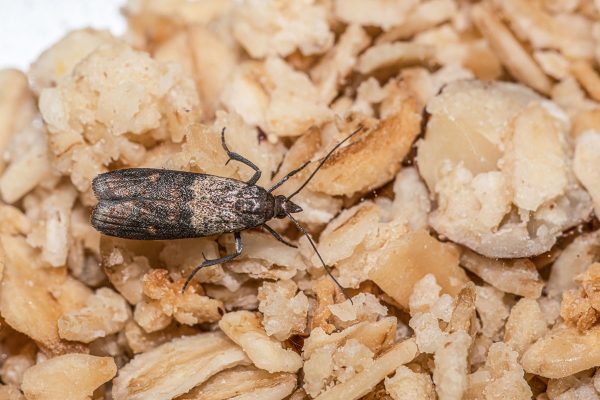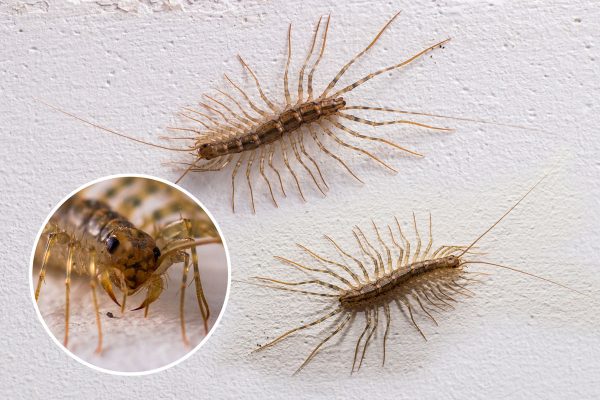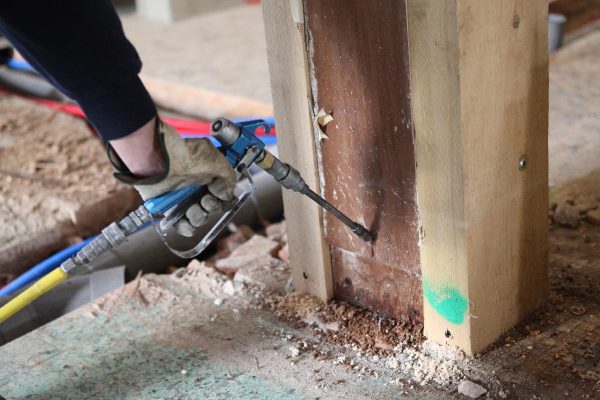If you're going through your yard and you've had to clean out some mulch, you've probably seen these little critters called springtails hanging around. We've researched a lot about springtails and in this post, we will be sharing with you some information about them as well as how you can manage them at home.
Springtails are very small, elongated insects that are roughly about 0.2 to 10 mm long. They have moderate-length antennae, but it is very unlikely that you will see these antennas clearly because they are really tiny creatures.
We know that there is more to learn about springtails. Fortunately, we've compiled all the information you might want to know about these little critters. Keep reading as we list down places where you will most likely find them and ways on how you can manage their population in your homes.
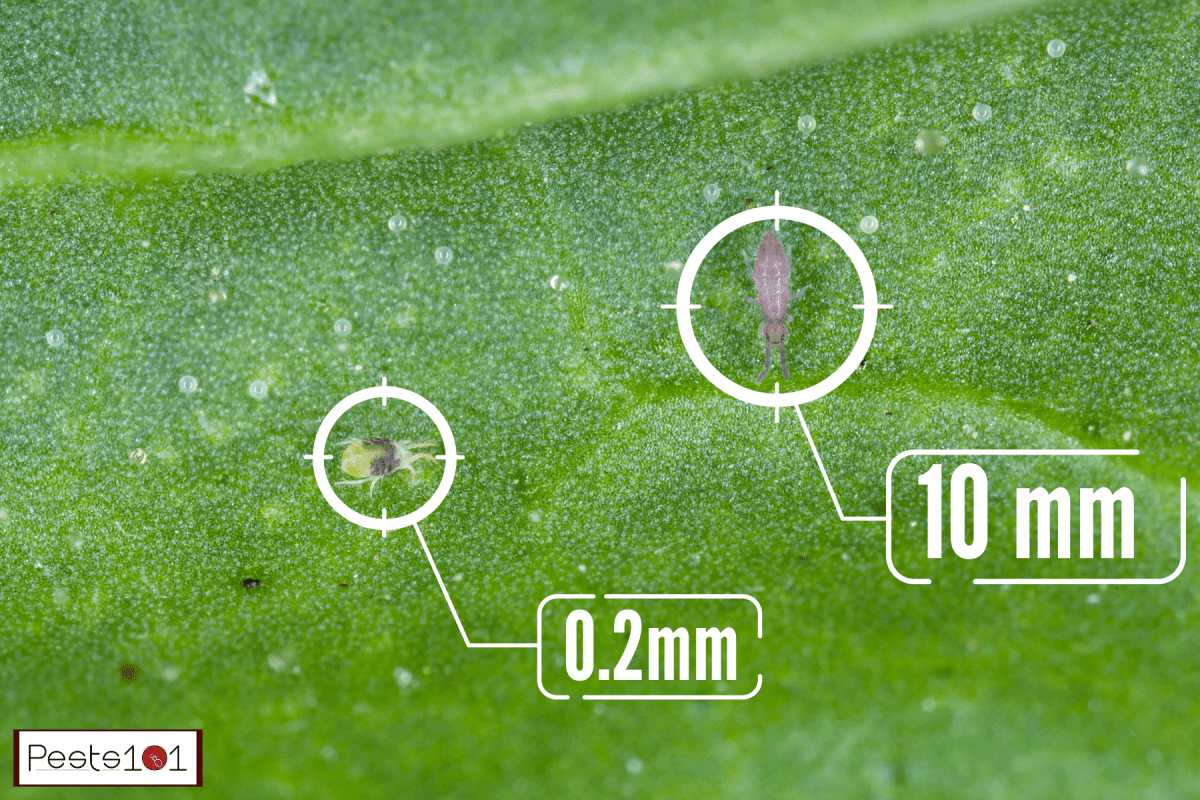
How Big Are Springtails?
You've probably seen them out and about in your yards, and you've probably mistaken them for some other insects like fleas or termites. These obscure little critters are called springtails, tiny insect-like creatures that mostly gather around decaying plant matter and fungi in your homes.
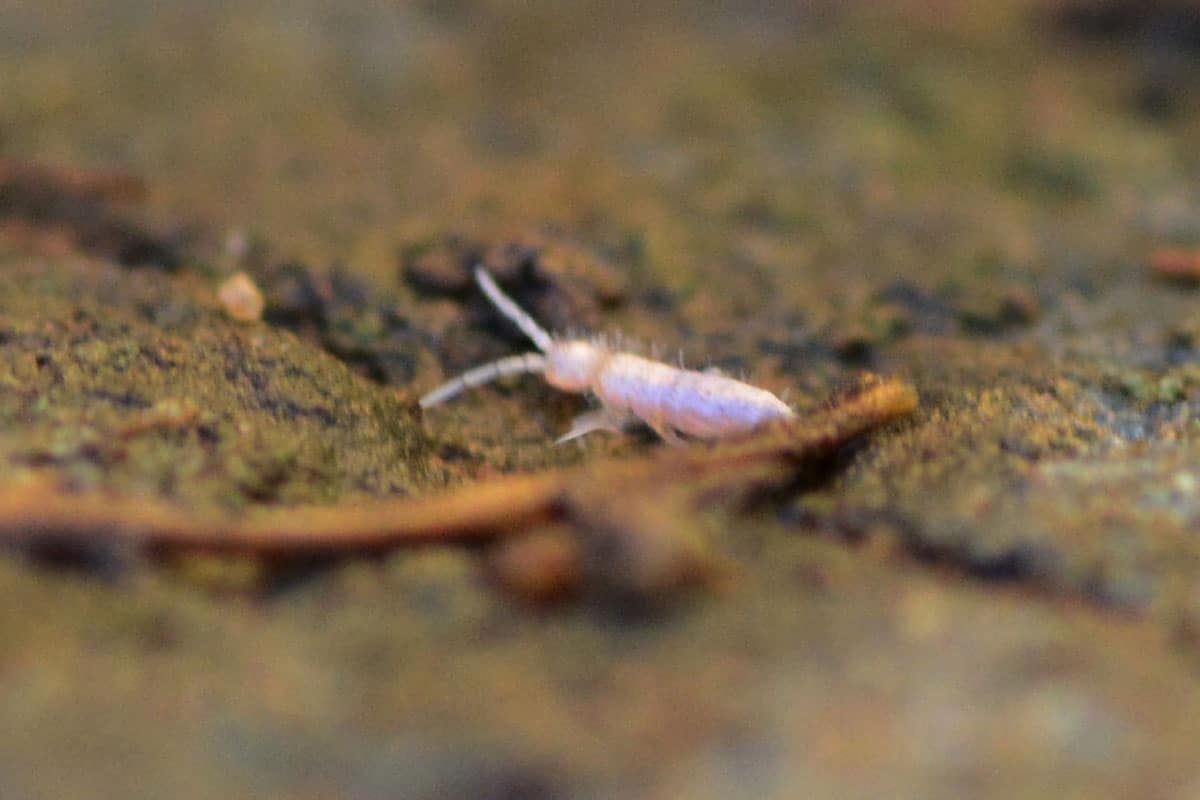
Springtails are six-legged arthropods that are closely related to insects. They are not exactly bugs, but because of their appearance and the way they feed and populate, a lot of people believe that springtails are nuisance pest insects.
These springtails are very tiny. They can measure as small as 0.2 mm long, and the biggest springtail is just about 10 mm long. These little critters lack wings, have soft bodies, have poor vision, and also have moderate-length antennae that help them distinguish chemical substances in their surroundings.
Should I Worry About Springtails?
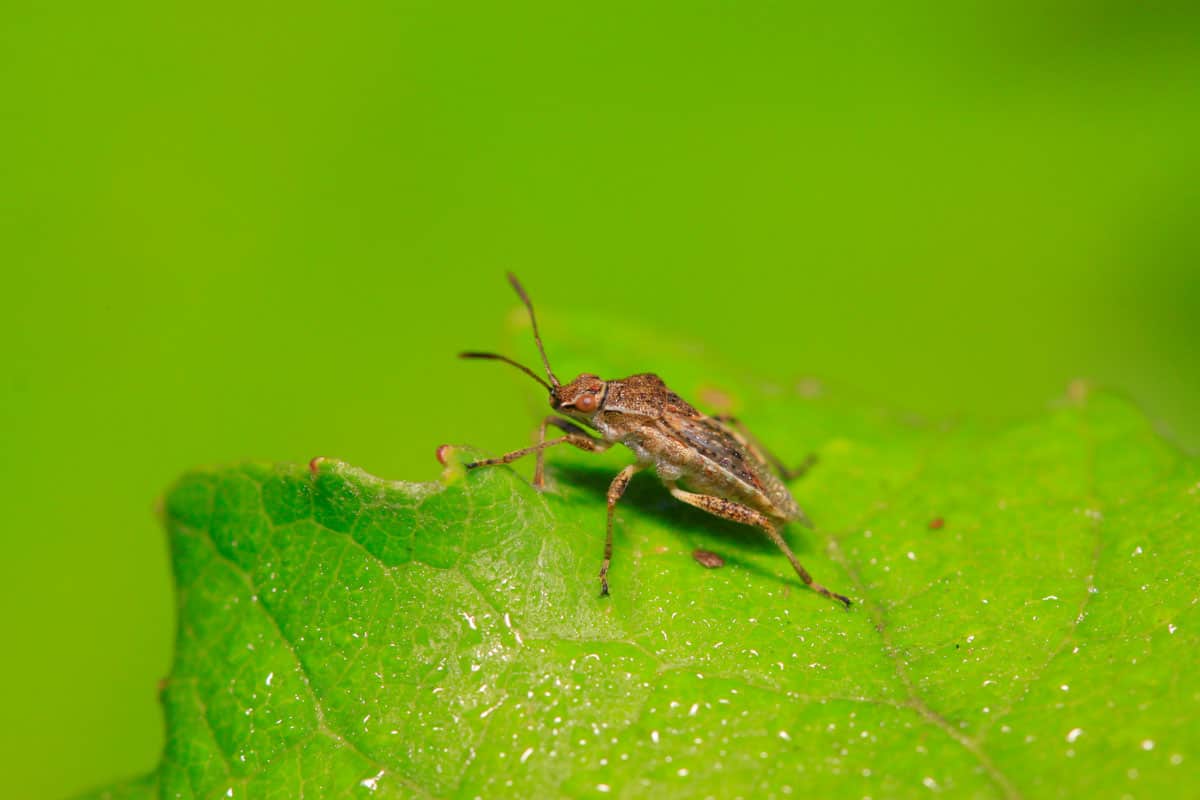
Springtails can be found year-round, but they usually appear during spring and early summer. Typically, you will find springtails in moist indoor areas in your home like kitchen sinks, bathtubs, or in moist potted houseplants. Outdoors, springtails are found near the pool, moist landscaped areas, or the compost pile.
Most of the time, springtails are often mistaken for fleas. This is because these insects are able to jump when they are disturbed. Because of this, springtails are also commonly called 'snow fleas' thanks to this ability of theirs to jump from place to place.
If you find that there are springtails in your home, you don't have to worry about them other than they can be very unsightly and that they tend to appear in mass numbers. Fortunately, springtails are not harmful and do not spread diseases to humans.
Springtails also do not cause any damage to structure or furniture, and they also do not get into food. Basically, springtails are very harmless creatures other than the fact that they can be icky to look at.
How Do I Manage Springtails?
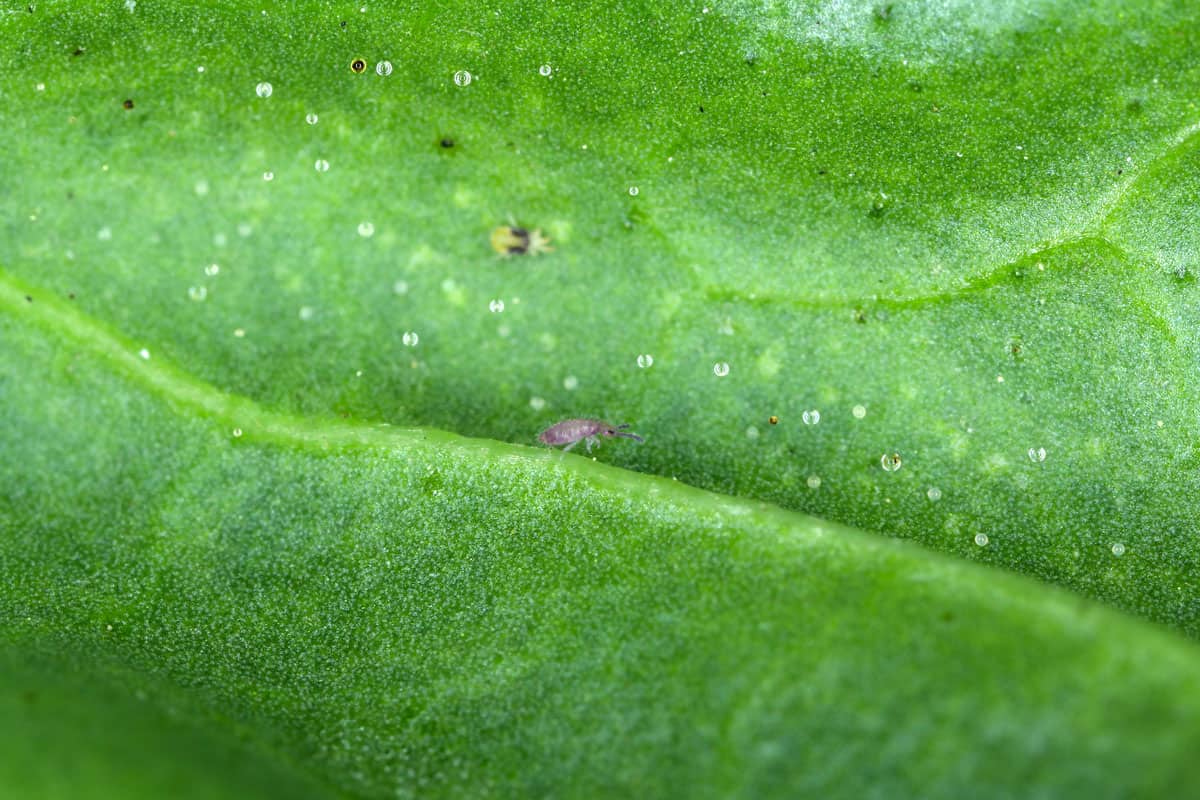
One of the things that you should know about springtails is that they are creatures that are beneficial for soil health. These little critters help break down moist and decaying plant material by eating them and excreting them. This is what we call the nutrient cycle, and it improves soil health and structure.
Springtails thrive really well in very moist environments. This is because moisture helps give them the food that they need to survive. Since this is the major reason why springtails flock to a certain location, it is only logical that the best way to manage them is by keeping moisture out of these places.
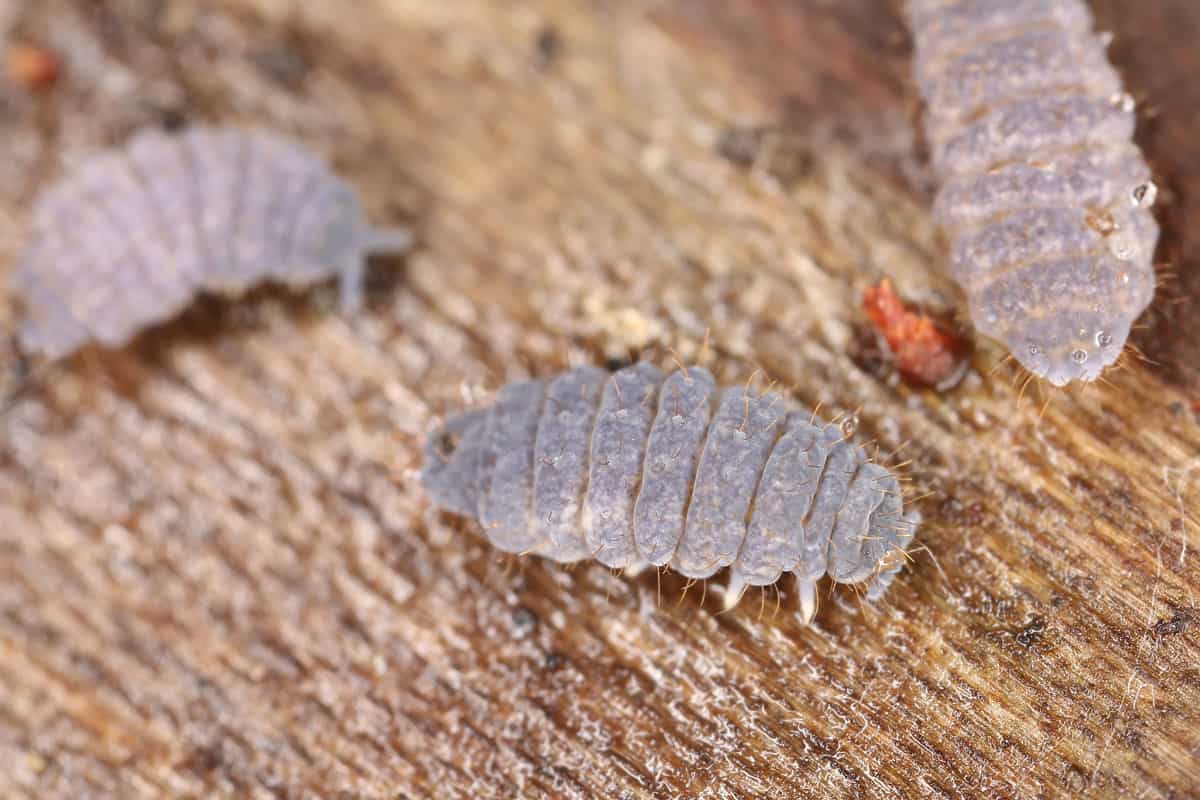
Since springtails are not exactly insects, pesticides are pretty useless on them. Do not try to use any chemical pesticides on springtails because it will not kill nor affect them the way you want to.
Here are some ways on how you can manage the springtails in your home:
Check for Moisture Problems
Every house has certain areas and locations in which moisture tends to build up. If left alone, these moisture-prone areas will attract springtails, thereby causing an infestation. Make sure to check specific areas of the house that have the following issues and get them fixed immediately:
- rainspouts
- moist landscaped areas
- non-functioning drainage
- potted plants
- mold and fungi from water leaks
- dark and damp areas like bathtubs and under kitchen sinks
- window sills and door entryways
- laundry areas and other moisture-prone areas in the basement
Dry Out the Space
Since springtails love moisture so much, it is important to dry out these areas to prevent them from multiplying. You can easily do this by cleaning out the space and letting it dry out, but this method may not be enough for certain situations.
If the area is pretty big, you can fan it out, and let the wet area dry. You can also use a dehumidifier for enclosed areas to keep the moisture from building up.
Check out this home dehumidifier on Amazon.
Allow good drainage around your homes and in your landscaped areas by using crushed rocks. These rocks are great for allowing water to drain instead of allowing them to form puddles. Place a barrier of crushed rock along the perimeter of your home to keep things dry.
Laying down crushed rocks around the perimeter of your home will lessen the accumulation of mulch (which is a favorite of springtails). You can also use bricks or plastic and metal fences as an alternative to crushed rock.
Get these crushed rocks on Amazon.
Since we are already talking about mulch, it is important not to let these moist piles gather in your lawn to keep the springtails away. You can keep the mulch out of your yards by gathering them using a bow rake.
Gather them all and try to put them in a place that is far from the house, so that you can allow springtails to feed on the mulch without causing an infestation at home.
Check out this bow rake on Amazon.
Also, remember to trim bushes and remove leaf piles and cuttings where water tends to accumulate. This is where springtails are attracted to since these are moist organic matter, and they really do well in environments such as these.
Mitigate Leaks
Another important thing that will help you manage springtails at home is by keeping pipes, sinks, tubs, and toilets in good working order. Fix all the leaks and remove any standing water that accumulates in similar areas. Make it clean and dry to prevent springtails from infesting these areas.
If you still find springtails in your home after going through all these areas, there might be an underlying cause. Sometimes, the appearance of springtails marks the existence of mold, so remember to check your ventilation and insulation for wet areas.
Call in a professional if you think that the springtails are getting attracted to soaked insulation materials in your home. This typically means that you will need to do a little side project and change the insulation materials of your house to remove the mold and mildew, as well as the springtails.
Finally, check out "Does Vinegar Kill Springtails?" as a natural solution.
Final Thoughts
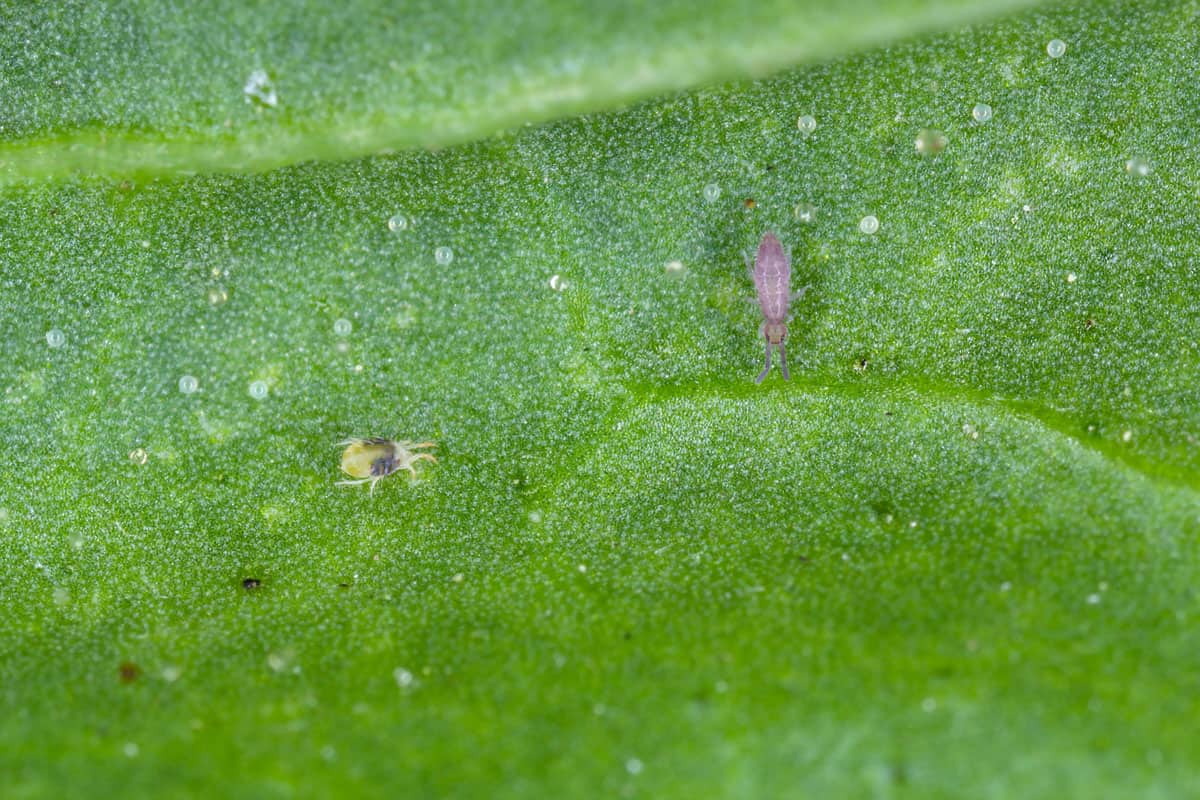
One of the good things about these little critters is that they are not very destructive pests and they are indeed very beneficial to our environment. Springtails have a very particular environment they thrive in so it is important to simply keep these places dry, and leave them to do their work for nature outdoors.




